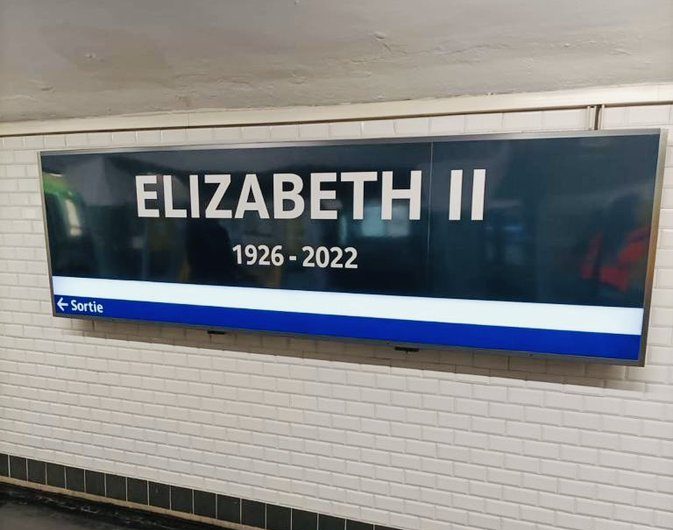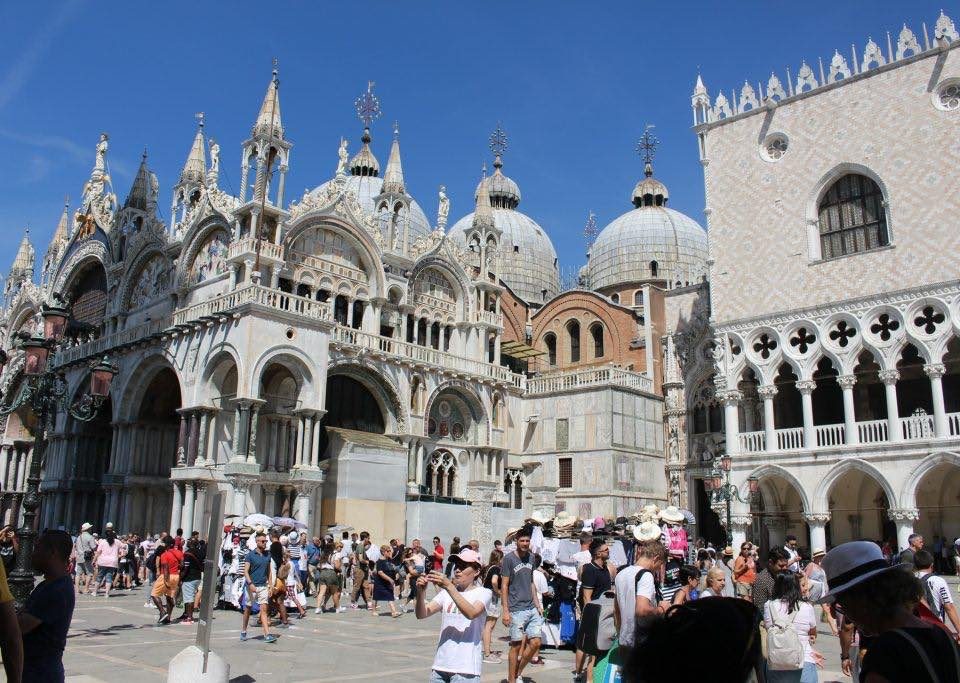Sunday, 18 September, marked the annual Car Free Sunday in Brussels, when all the roads in the capital region are closed to motorized traffic. On this day, air pollution dropped significantly around the city, up to 90%, according to Brussels environment.
From 9:30 to 19:00, was completely closed to traffic, with very few exceptions. Public transport, cabs, coaches, emergency services, disabled people with a card or people with an exemption, diplomatic corps and public utility vehicles were still allowed on the streets, but at a maximum speed of 30 km/h.
On the day after, Brussels Environment, the environment and energy agency for residents and companies in the Brussels Capital Region released a report on the impact of car free Sunday on the air quality in the city, as well as the sound environment.
Almost no cars in the streets of the Brussels Region, bicycles, scooters and rollerblades on the other hand in abundance: the car-free day has once again changed the face of the capital for a day.
Brussels Environment
The results showed that, on average, Nitrogen monoxide (NO) was 53% to 80% lower compared to other Sundays and 70% to 90% lower compared to a weekday. Nitrogen dioxide (NO2) was 74% to 80% lower compared to other Sundays and 81% to 86% lower compared to a weekday. Lastly, black carbon (BC) was 69% to 74% lower compared to other Sundays and 74% to 79% lower compared to a weekday.
The difference was most noticeable in the usually busy areas, like outside the metro station Arts-Loi, where two major arteries of the city intersect. Here, the concentrations of NO and NO2 were 80% lower compared to another Sunday and 90% and respectively 86% lower compared to a weekday.
This day is an opportunity to highlight the importance of pollution emitted by road traffic and the consequences of the absence of motorized vehicles on air quality and the sound environment. The challenge is immense.
Brussels Environment
In terms of the sound environment, a sharp decrease in background noise levels was noted at the various measurement stations located near roads. Compared to the Sunday preceding the event, significant reductions were observed.
For stations located near motorways, along the E411 in Auderghem and near the E40 in Woluwe-Saint-Lambert, the differences were “very significant”: greater than 10 dB, with a reduction in sound pressure of 90%. For stations on Avenue Houba de Strooper in Brussels and Chaussée de Wavre in Auderghem, the differences were significant: greater than 5dB, with a decrease in background noise of 68%.













